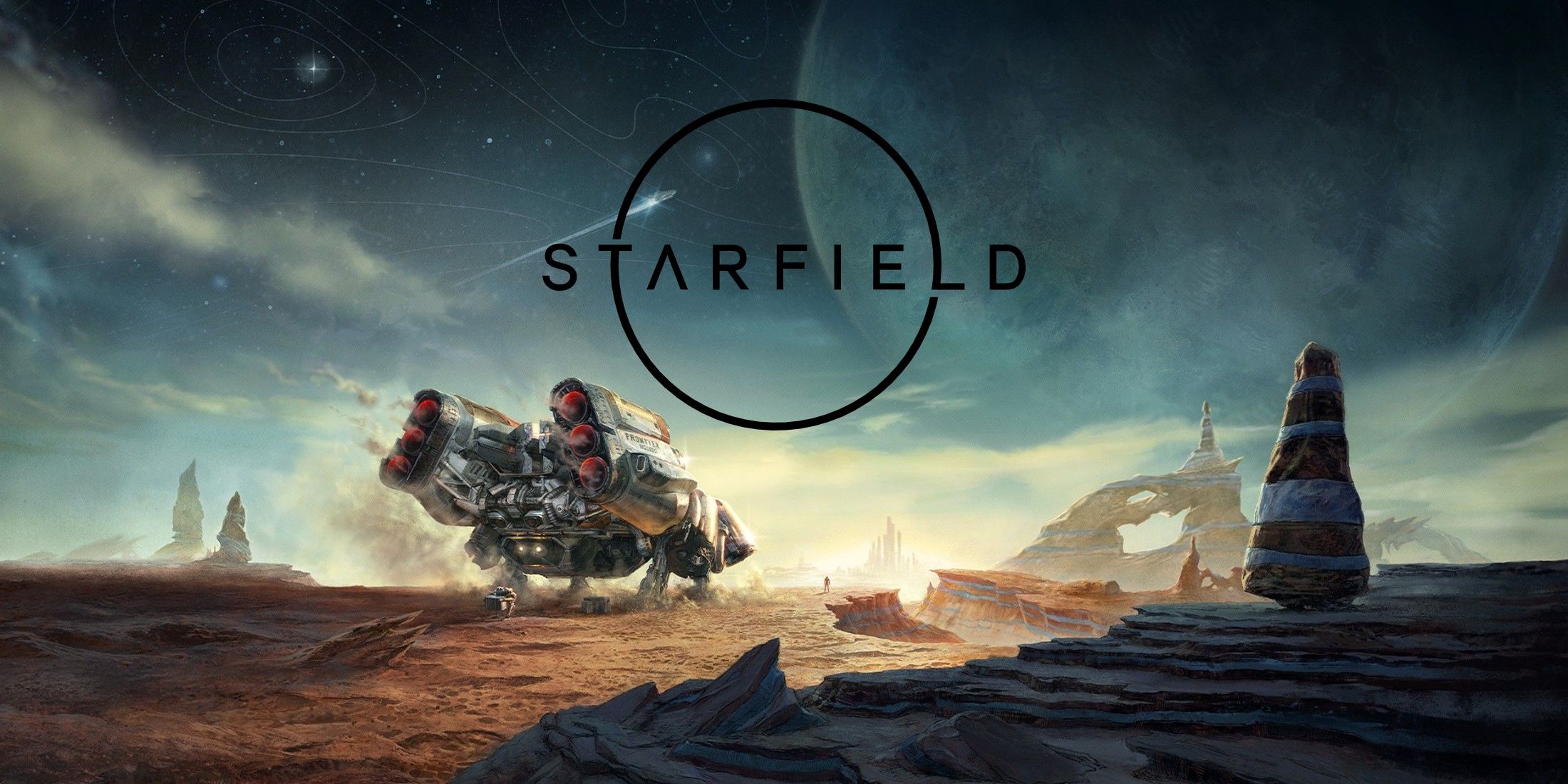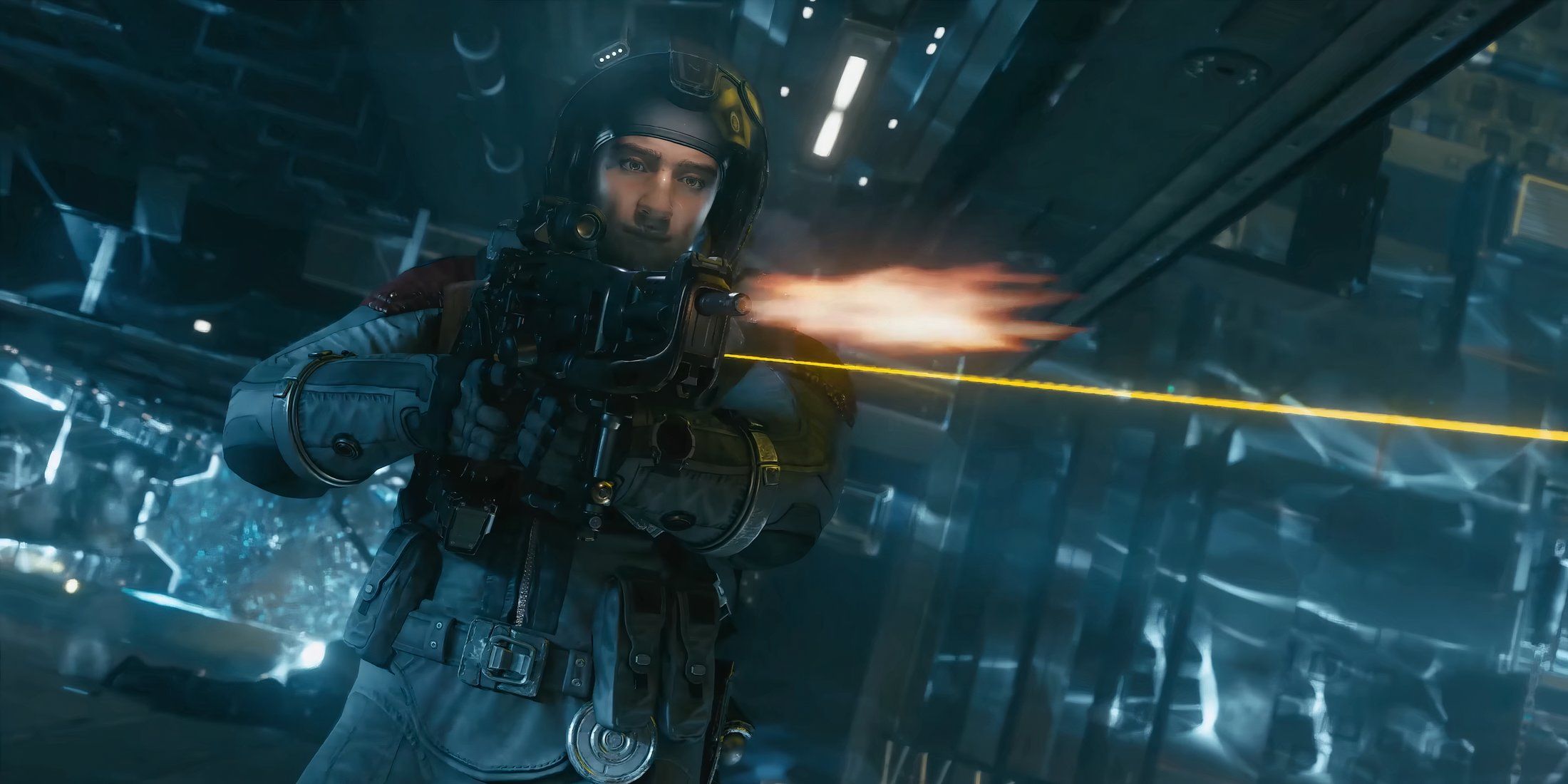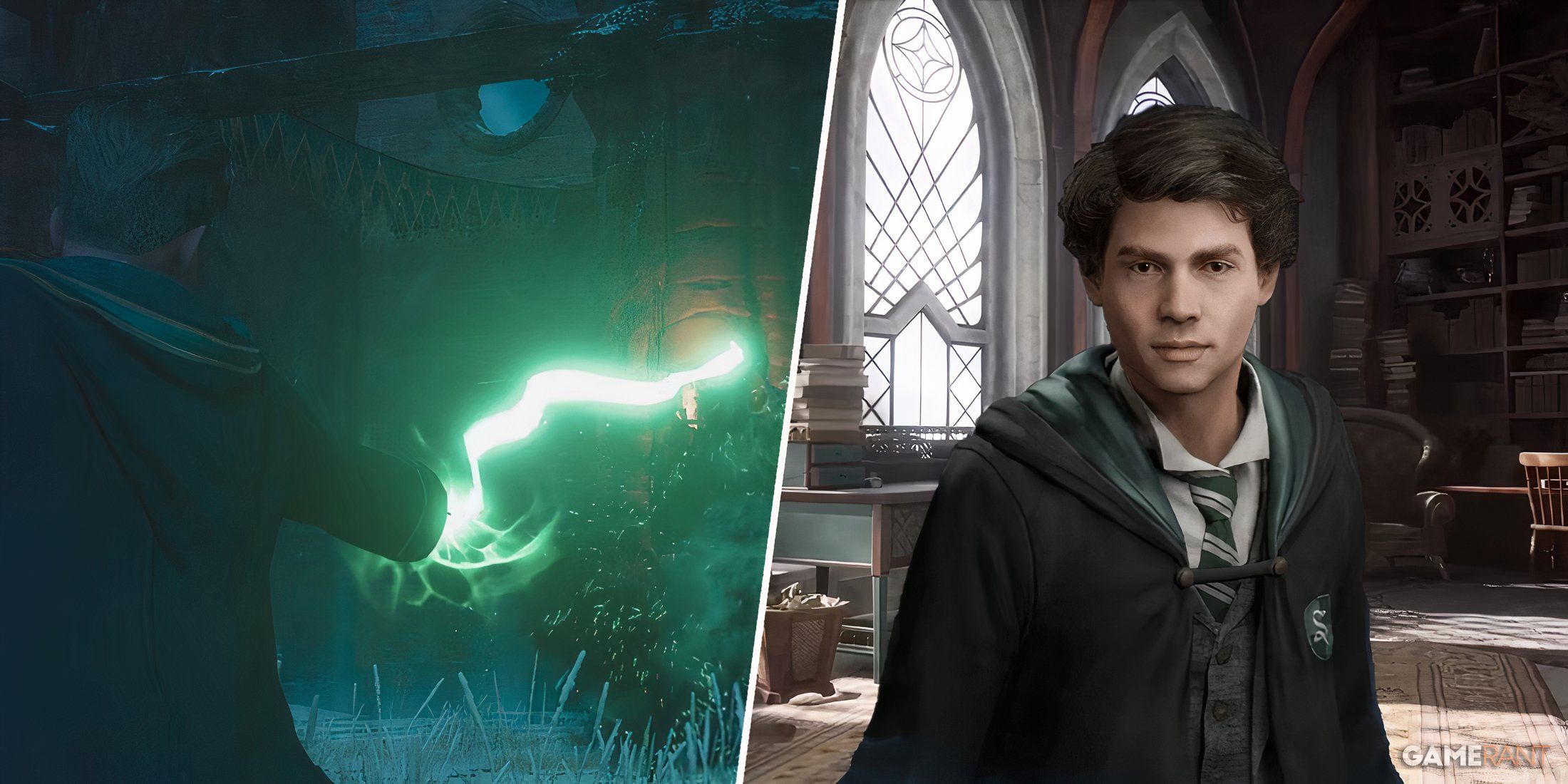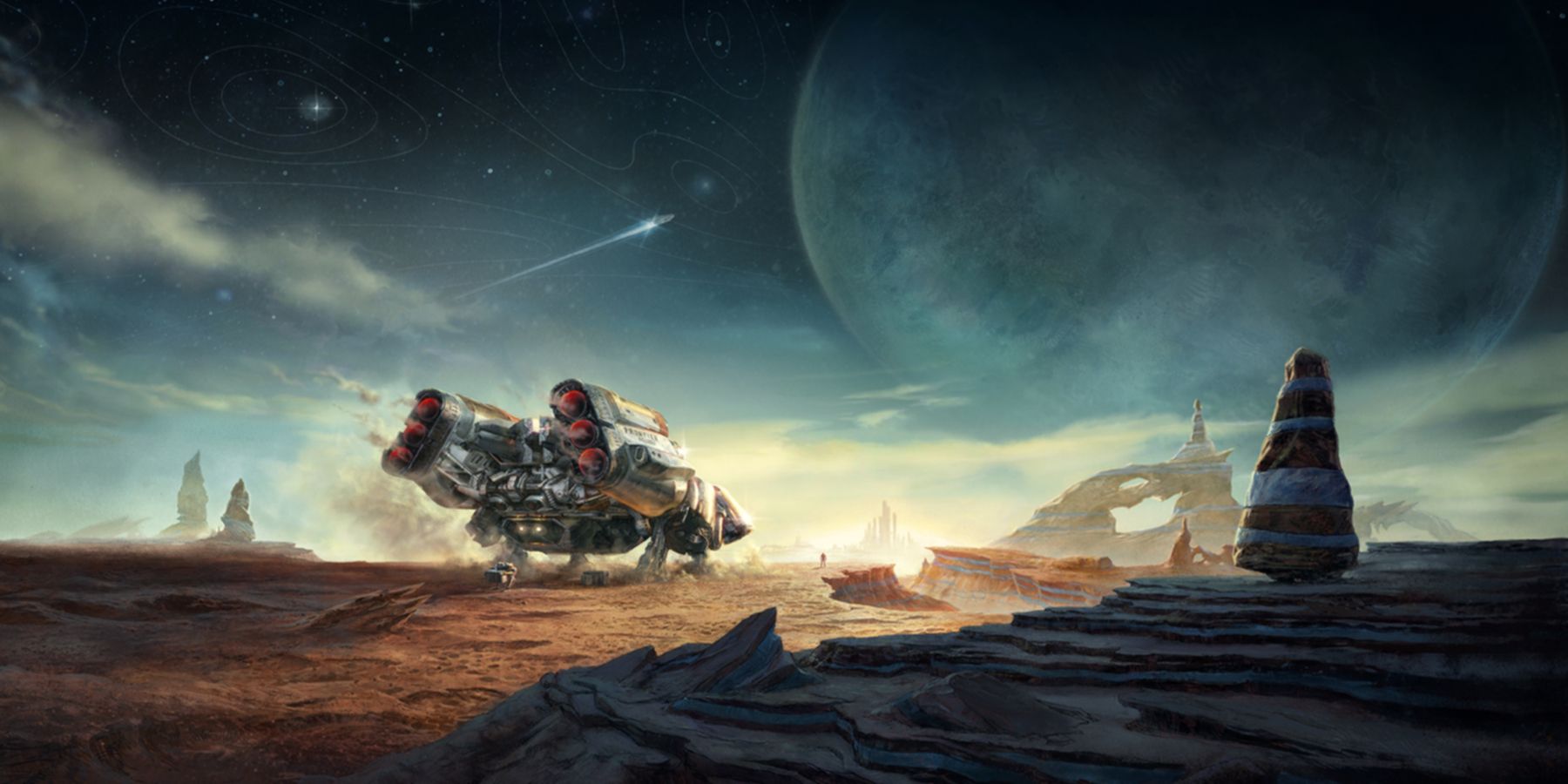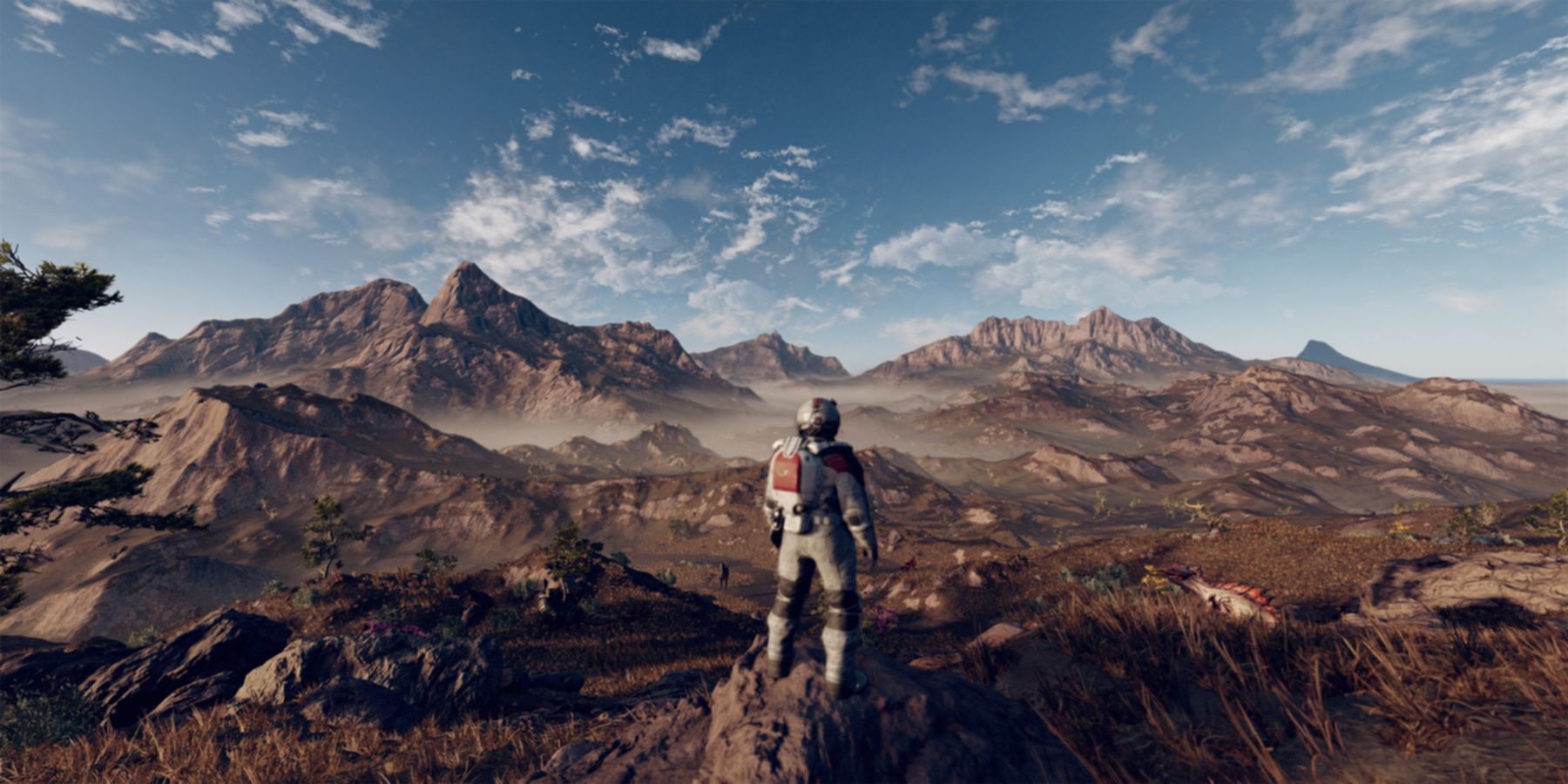Starfield's vast sci-fi universe of procedurally generated worlds will likely offer players countless hours of fun and replayability. Its massive scale confirms that players will rarely ever visit the same location twice unless they intend to. Despite these positives, there is still an underlying issue the game may face in terms of keeping players focused and entertained.
Though Starfield's vastness lends itself well to long playtime and replayability, there can be too much of a good thing. Procedural generation has its limit, and too much of it could cause issues down the line if players mostly come across generic content across hundreds of planets. The sheer scale of Starfield's universe may just be too big for its own good.
Starfield Might Be Just Too Big in Practice
At the core of this issue is the concept of procedural generation. It's typically used in games like Minecraft to generate huge, open worlds that lend themselves well to that kind of similar survival/crafting formula. Yet this is also not the first time Bethesda has used procedural generation for one of its RPGs. The Elder Scrolls 2: Daggerfall's world is procedurally generated, but was criticized for this given the environments weren't all that interesting. Starfield's inclusion of procedurally generated planets could fall into this same trap if Bethesda isn't careful.
The biggest issue with procedural generation is the limitation of variables. Minecraft has plenty of variables from random structures and biomes, to how the terrain itself is shaped, which helps make any instance interesting to explore. Starfield may not have as many variables to include into its world generation, leading to planets that feel somewhat mundane. Sprinkling a few human settlements into Starfield's procedurally generated quests will not be enough to keep the planets from becoming too similar to each other.
Once solution Bethesda could have implemented was using alien species with comparable intelligence to human beings as a way of shaking things up. This would have lead to more variety among the planets, allowing the player to interact with a different culture each time. While players do have the various factions to consider, those still aren't comparable in variety to what intelligent alien life forms could have introduced. Considering the lack of alien life seen through the trailers, this will likely not be among Starfield's many features, but not all hope is lost.
If Starfield aims to have a longer shelf life, constant content updates would help amend this issue. By continually updating the formula for Starfield's procedurally generated planets, players would have the chance to explore different vastly different planets every couple of updates. This would also allow for previous saves to venture out to new planets that have not been generated yet. If Starfield ever aims to expand upon aspects such as biome additions, more alien fauna, or even other intelligent life, adopting a consistent update schedule with new, unique planets would be the best way to do so.
With all of that said, players will need to wait for Starfield's release before giving a proper judgment of its procedurally generated planets. Hopefully it's nothing like Bethesda's previous attempt with Daggerfall's massive world, as with any luck, players could receive a procedural generation formula comparable to that of Minecraft.
Starfield launches September 6, 2023, for PC and Xbox Series X/S.

